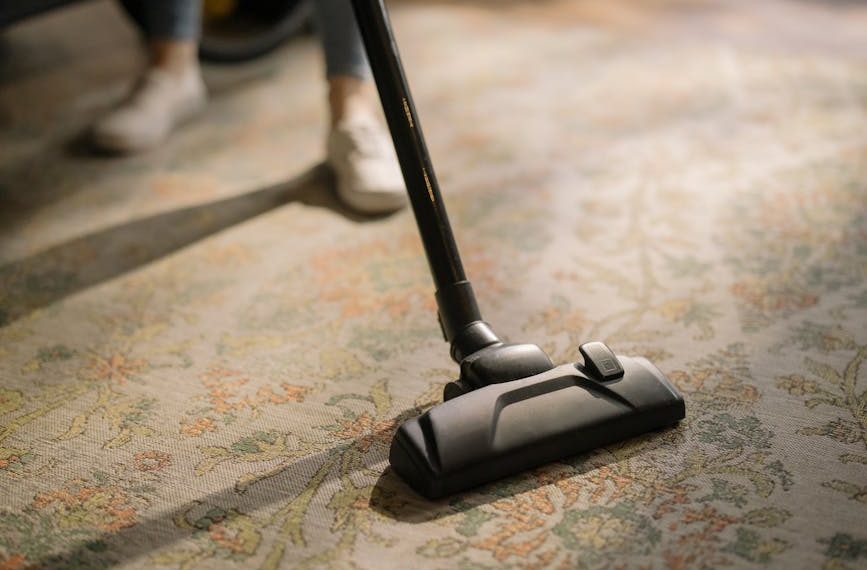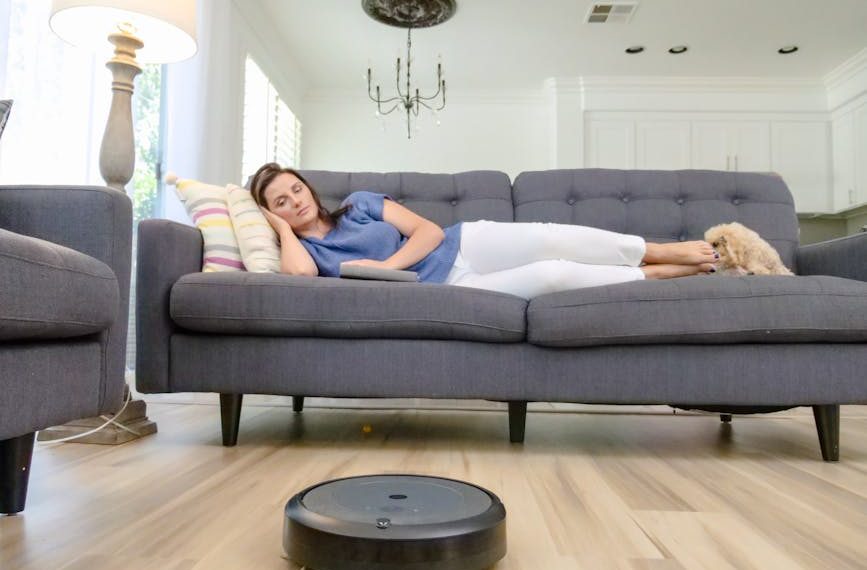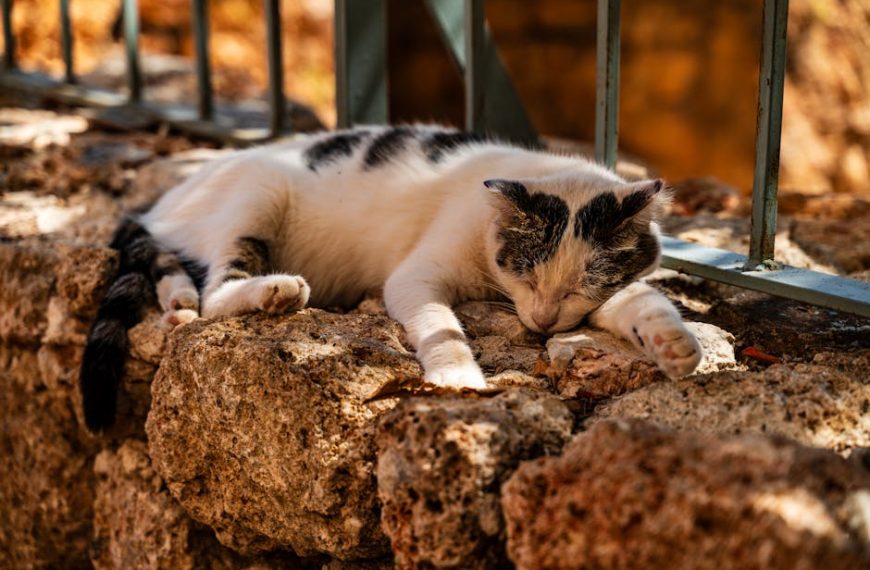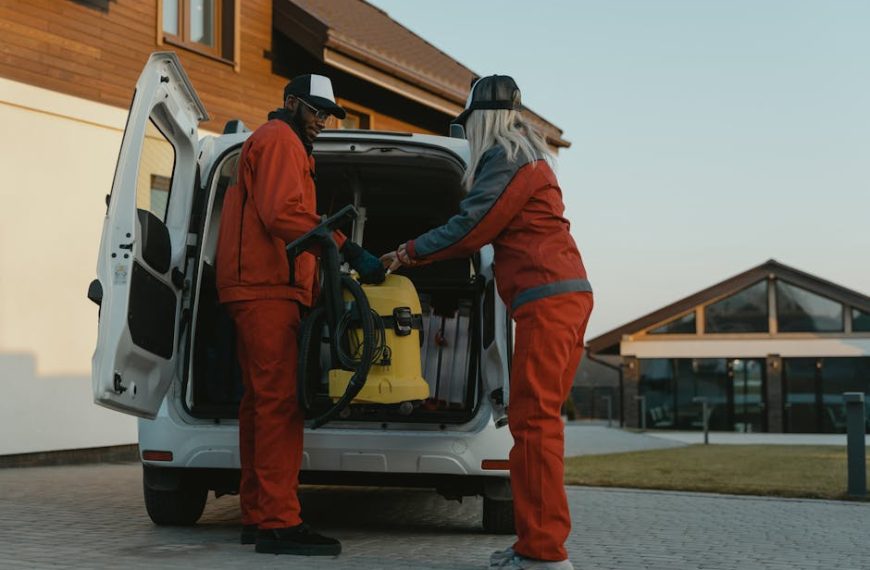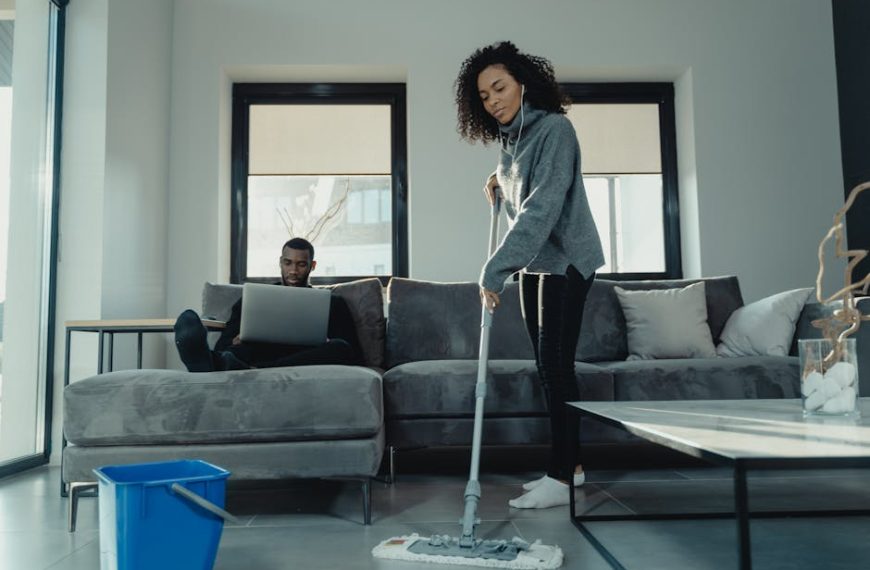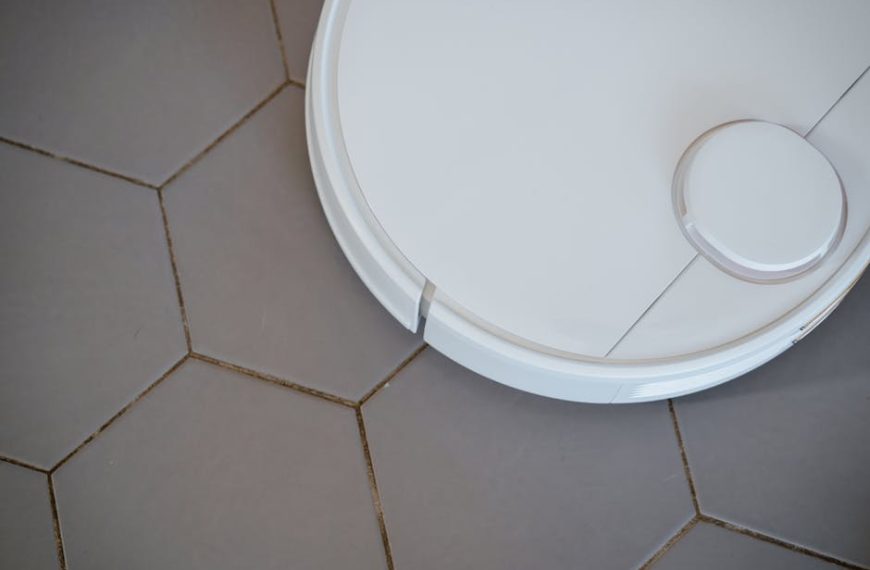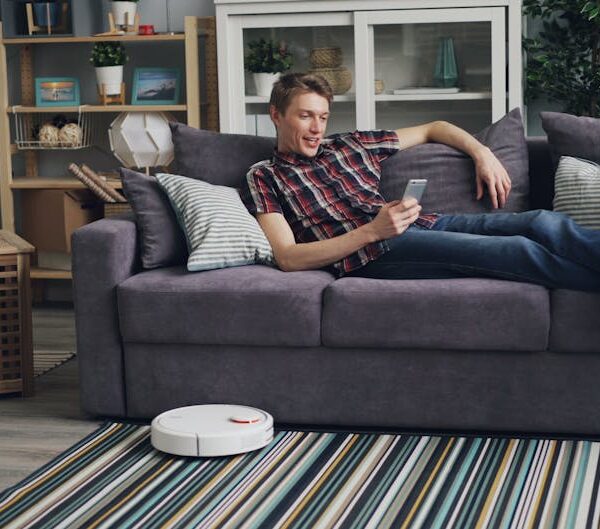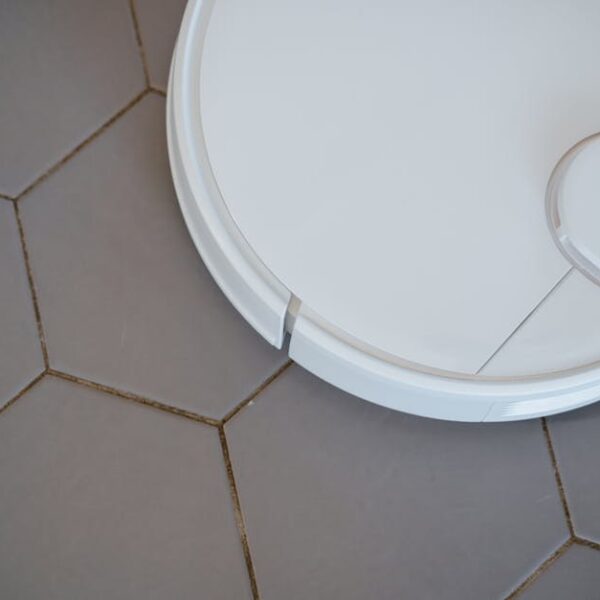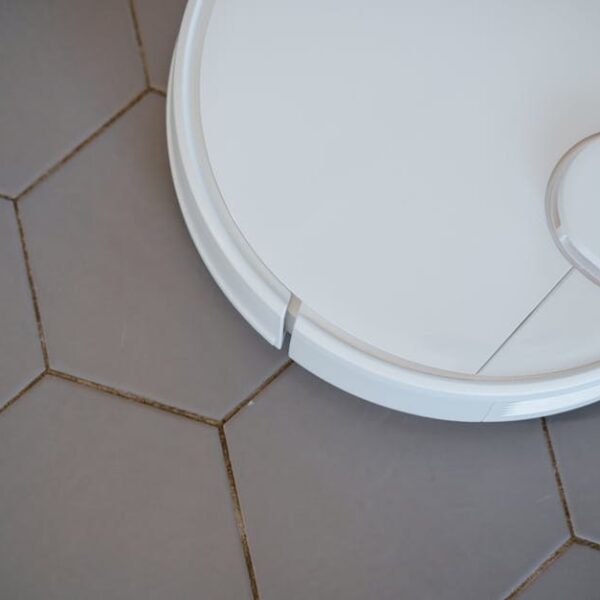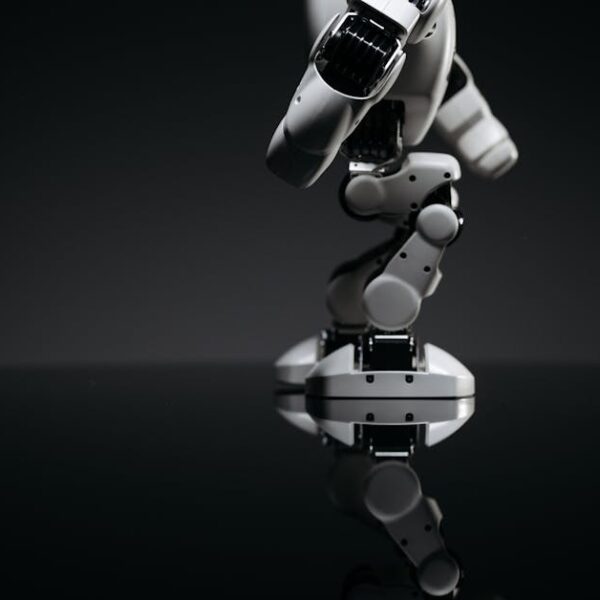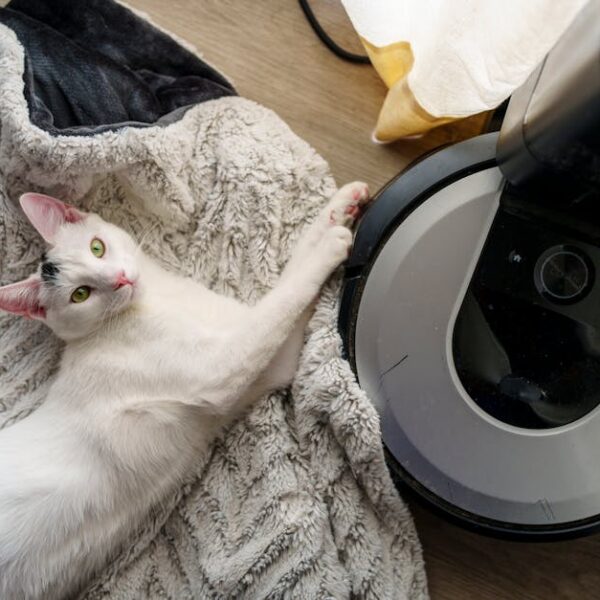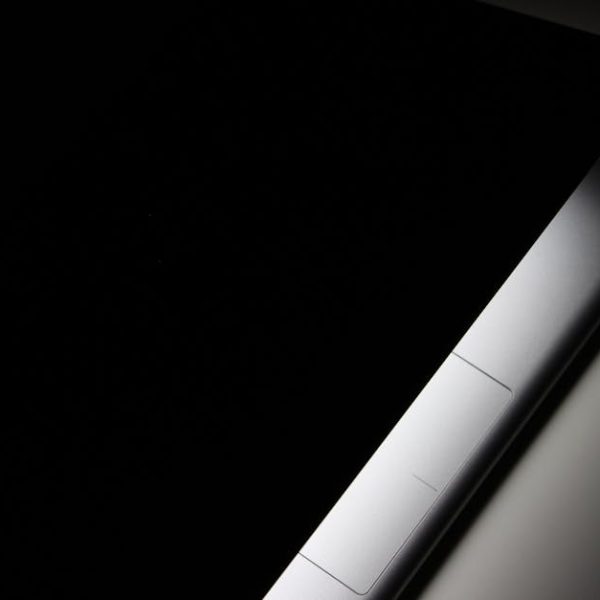While your Roomba robot vacuum is designed to make home cleaning a breeze, certain factors could still lead to unwanted scratches on your floor surfaces. Luckily, there are several effective strategies to prevent this from happening, all of which revolve around understanding the causes, applying suitable settings, maintaining your machine, using protective accessories, and picking the right Roomba model for your specific floor types.
Understanding the Cause of Scratches
The scratches on your floors mainly stem from sharp or abrasive debris getting stuck in the Roomba’s brushes or wheels and then scraping against your delicate floors as the vacuum roams. How your floor type reacts can also be a factor. For instance, harder floors like tiles or concrete might resist scratches more effectively than materials like hardwood or laminate.
Pro Tip: Keep an eye out for early signs of wear and tear, especially on the Roomba’s brushes and wheels. If you notice any trapped debris or mechanical issues, address these as soon as possible to avoid further damage.
Checklist: To prevent potential scratching, here are the Roomba elements you should regularly check:
- Wheels
- Brushes
- Charging points
- Dust bin
Choosing the Correct Roomba Settings
Configuring your Roomba settings appropriately can significantly reduce floor scratching risks. For example, slowing down your Roomba’s cleaning pace can reduce the intensity of potential scratch-causing contacts. Adjusting the height of its brushes – if available in your model – can also make a profound difference.
Best Practices: For delicate floors, opt for low-speed, gentle clean modes. Schedule cleanings during times when foot traffic in your home is minimal, reducing the occurrence of dirt and debris that can lead to scratches.
Cleaning and Maintenance of Your Roomba
Proper care of your Roomba goes a long way in preventing floor scratches. Regularly keeping your Roomba’s components clean, especially its brushes and wheels, can keep those abrasive, scratch-causing particles at bay.
Pro Tip: Use the special cleaning tool provided with your Roomba or opt for a soft cloth to carefully clean the brushes and wheels, ensuring you’re not causing any damage in the cleaning process itself.
Checklist: Here are a few essential cleaning and maintenance tasks for your Roomba:
- Cleaning brushes
- Clearing wheels of trapped debris
- Emptying the dust bin
- Checking sensors for proper functioning
Using Roomba Accessories to Protect Your Floors
There’s a myriad of Roomba accessories dedicated to preventing scratches on your floors. Soft silicone bumpers can provide an extra layer of protection between the Roomba and your floors, while skin decals can not only customize the appearance of your Roomba but provide a buffer to reduce the impact and potential damage caused by collisions.
Best Practice: Ensure to properly install the accessories according to the manufacturer’s guidelines. Incorrect application could interfere with your Roomba’s functionality, ultimately leading to other operational issues.
Choosing the Best Roomba for Your Floor Types
Last but not least, choosing a Roomba model that suits your specific floor type can greatly reduce the likelihood of scratches. Different models are designed with different floor types in mind, for instance, some are designed to work flawlessly on carpets, while others can handle hard floors without causing damage.
Best Practices: Consult the manufacturer’s recommendations and user reviews to pick a Roomba that’s harmonious with your floor type.
In conclusion, your Roomba is meant to make your life easier by taking care of the cleaning, not to cause added stress by scratching your floors. By understanding the potential causes of scratches, adjusting your settings, maintaining your machine, using protective accessories, and ensuring you have the right model for your floors; you can most certainly avoid any unnecessary floor damage. Happy Roomba-ing!
Key Takeaway:
- The Roomba vacuum can potentially scratch floors due to debris caught in its brushes or wheels, or by issues related to the Roomba’s compatibility with certain floor types.
- Appropriately adjusting Roomba’s settings, including its speed and brush height, can effectively minimize the risk of scratches.
- Regularly cleaning and maintaining the Roomba’s components, particularly the brushes and wheels, can prevent abrasive particles from causing damage.
- Utilizing Roomba accessories like silicone bumpers or skin decals can provide additional protection against scratches.
- Choosing a Roomba model that best suits your specific floor type is a key factor in scratch prevention.
It’s clear that preventing a Roomba vacuum from scratching floors is achievable on your part. With the proper understanding of potential causes, diligent maintenance, appropriate setting adjustments, smart use of accessories, and carefully considering the Roomba model to suit your floor type, you can maintain pristine floor surfaces. Just keep these strategies in mind and you’ll enjoy stress-free, scratch-free Roomba cleaning.
FAQs
Q: How often should I clean the brushes and wheels of my Roomba?
A: While there’s no hard and fast rule, it’s a good idea to clean the brushes and wheels after every few uses. This ensures that any caught debris is promptly removed, reducing the risk of scratches.
Q: How do I know which Roomba model is best for my floor type?
A: The Roomba manual or the manufacturer’s website often provides information on the recommended floor types for each model. User reviews can also be helpful in determining suitability.
Q: Are there specific cleaning tools I should use for my Roomba?
A: Most Roombas come with a special cleaning tool. If not, a soft cloth that won’t scratch or damage the parts is typically ideal.
Q: Can I use a Roomba on textured floors?
A: Yes, you can use a Roomba on textured floors. However, ensure you choose the correct model for your floor type to minimize the risk of scratches.
Q: Which Roomba accessories are most effective in preventing scratches?
A: Silicone bumpers and skin decals are commonly used to protect floors from scratches. However, the effectiveness could vary, so it’s advisable to read customer reviews or consult the manufacturer’s recommendations.
Don’t forget to share this article with fellow Roomba owners and explore more informative posts on our website to enhance your Roomba experiences.

